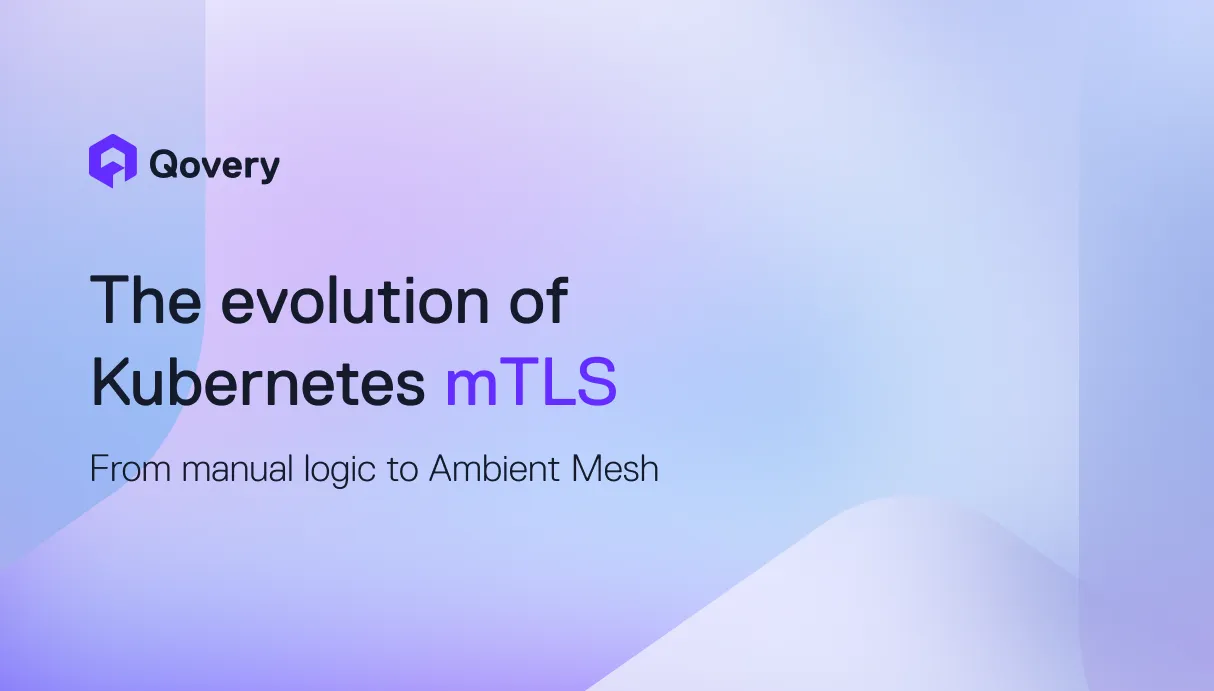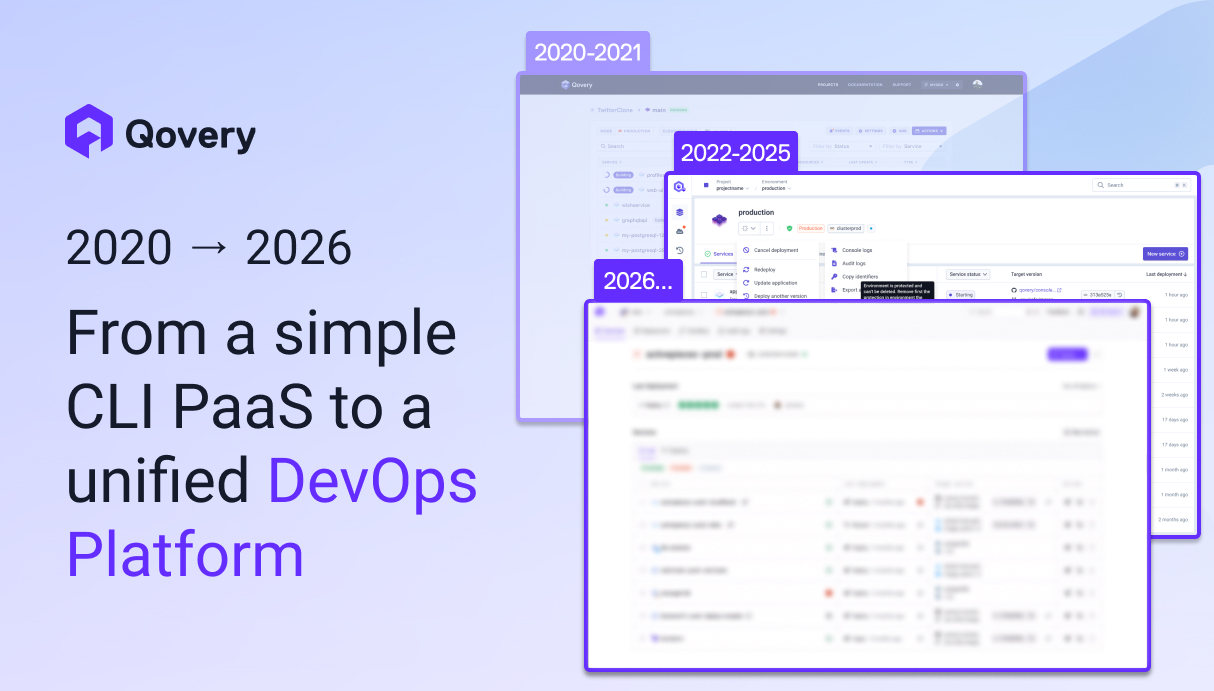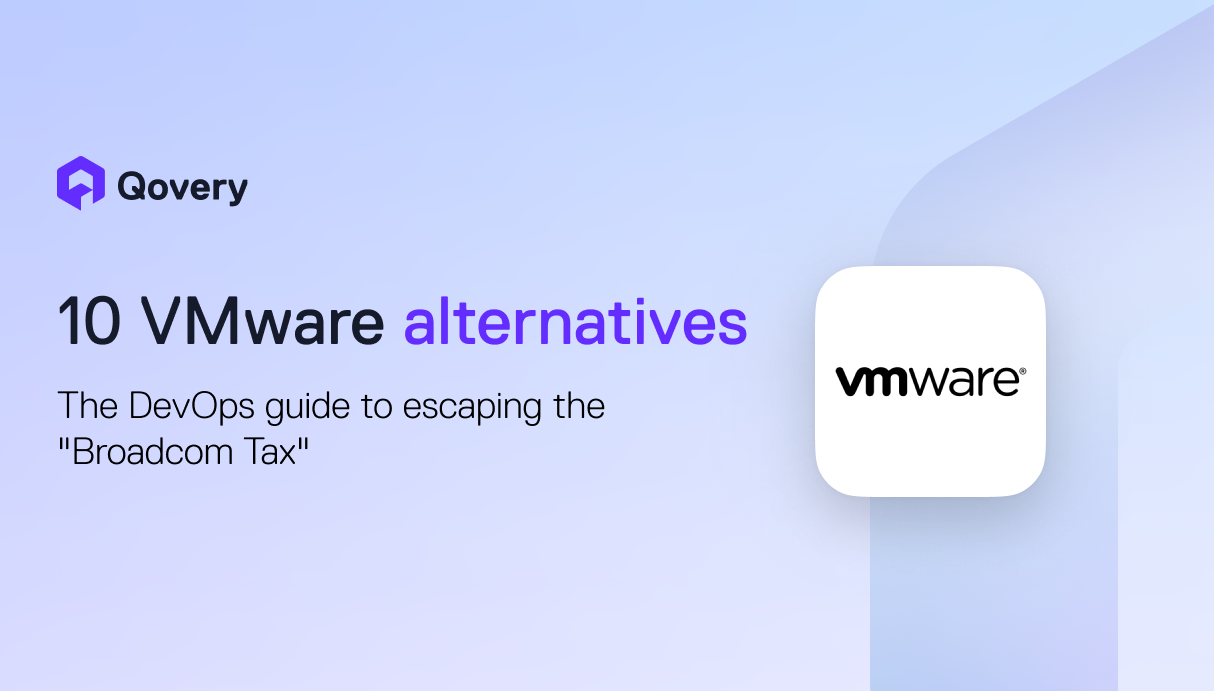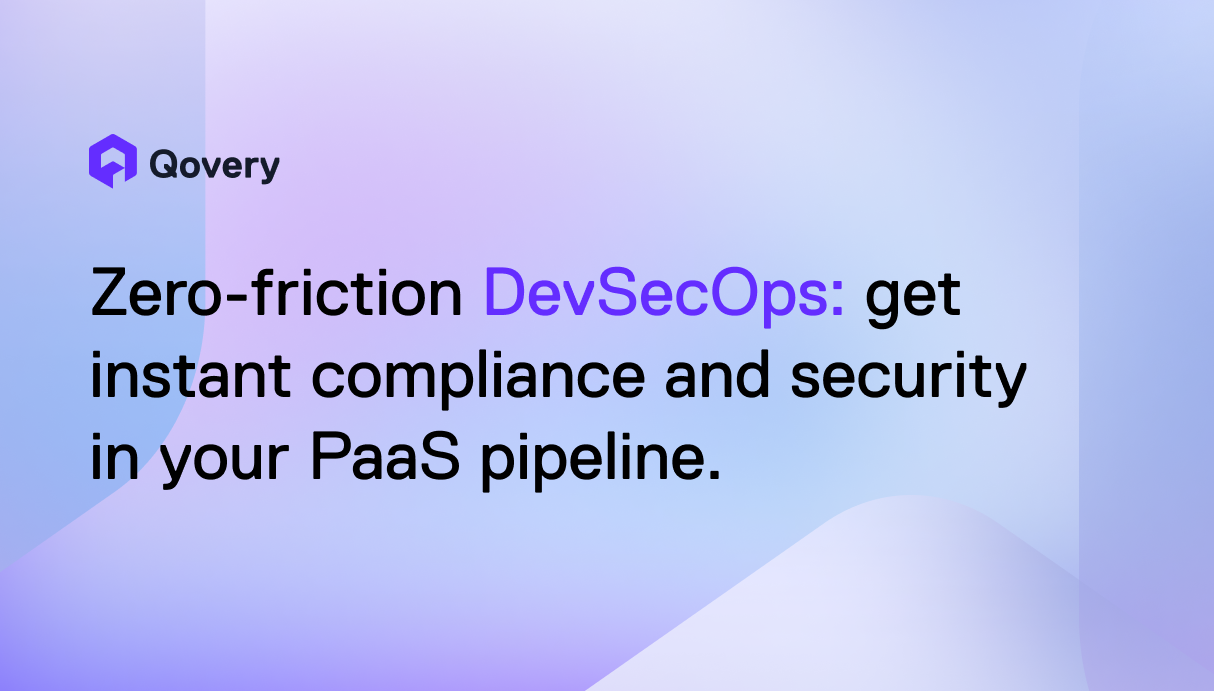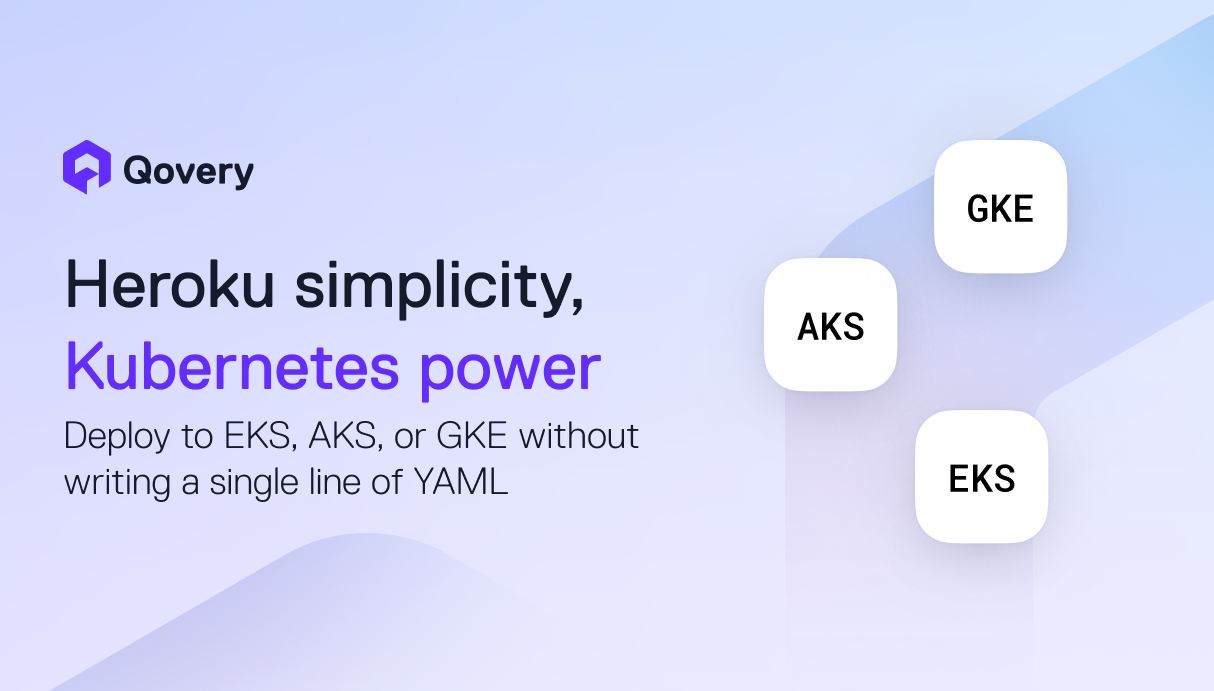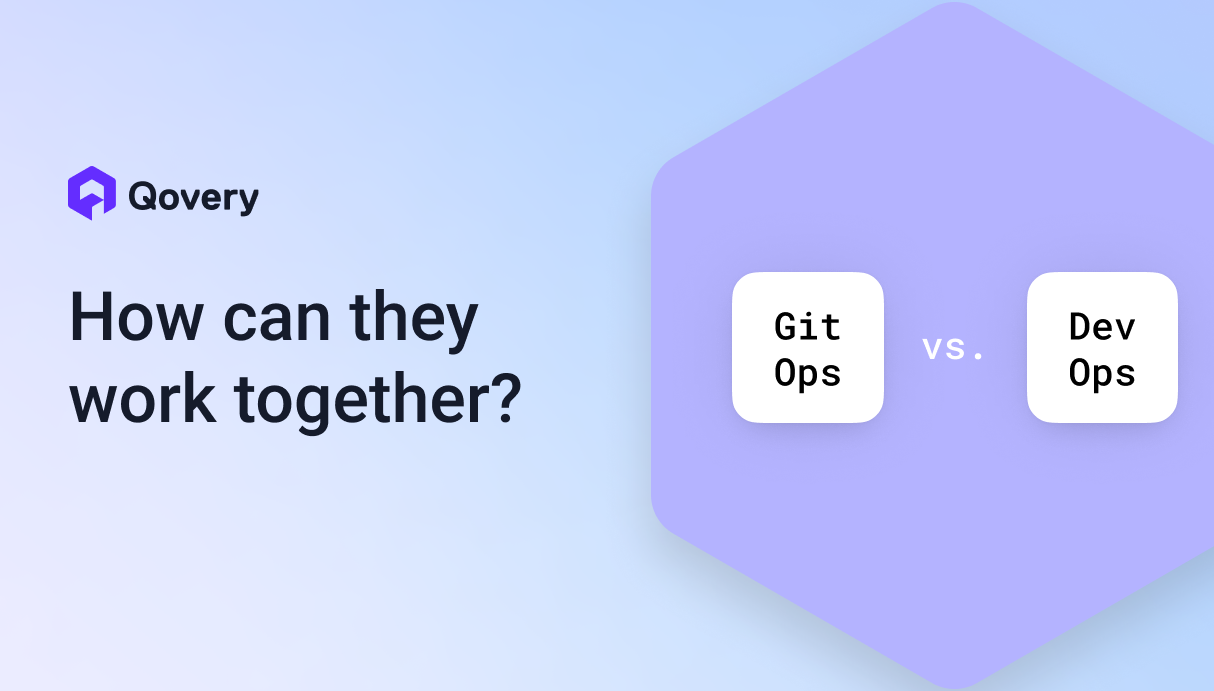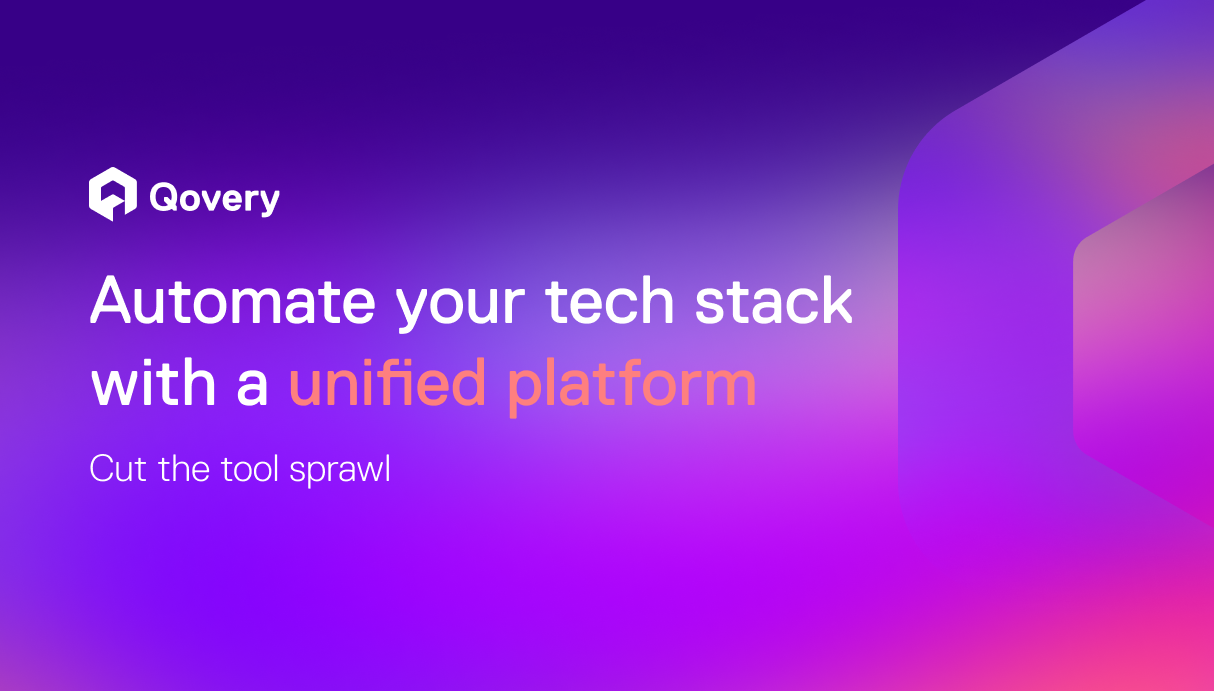

Cloud Cost Optimization Strategies: How to Reduce Cloud Infrastructure Costs

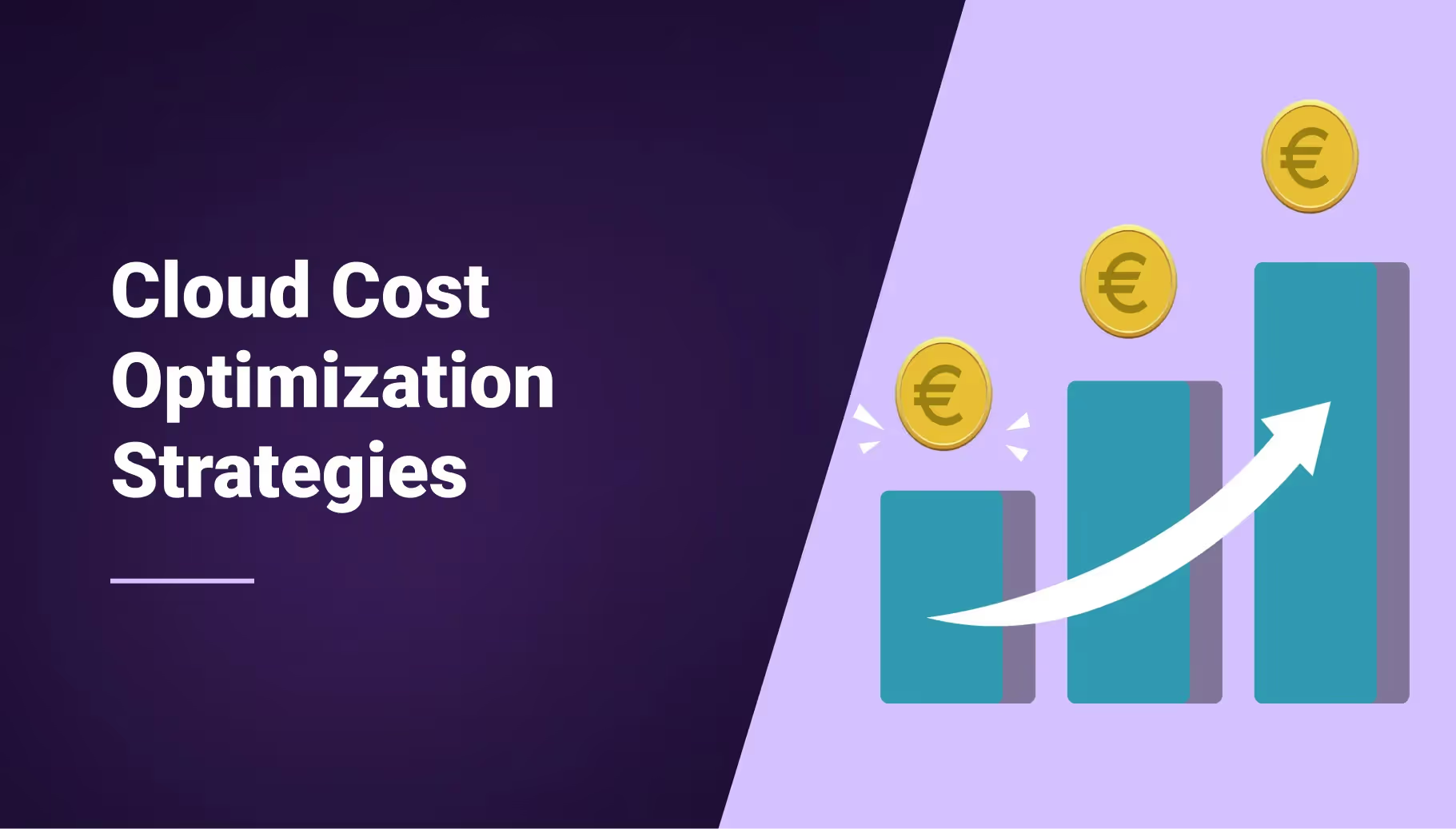

Key Points:
- Mid-size organizations can significantly reduce cloud infrastructure costs by focusing on optimizing compute and storage resources. This includes right-sizing instances, leveraging serverless and spot instances, and implementing storage tiering and lifecycle policies for data.
- Automation and robust monitoring are crucial for ongoing cost control. Implementing Infrastructure as Code (IaC) to prevent resource sprawl, scheduling automated shutdowns for non-critical environments, and using comprehensive monitoring to identify and address cost anomalies are essential practices.
- Platforms like Qovery automate many cost-saving strategies, enabling mid-size organizations to optimize cloud spending without needing a dedicated DevOps team. Qovery offers features such as intelligent auto-scaling, dynamic environment management, and detailed cost visibility, helping companies reduce expenses and avoid vendor lock-in.
Mid-size organizations, as they grow and build on their initial success, often incur accelerating cloud costs that can significantly impact their bottom line. As teams grow their infrastructure footprint also does, with more projects and initiatives, the financial impact can be exponential. Today, about half of midsize companies spend more than $1.2 million dollars per year on cloud costs. Moreover, 60% of organizations exceed their cloud budgets, and about two-thirds face unexpected cost overruns.
It is critical for organizations to keep an eye on their practices and implement strategies to keep costs low while growing their teams. The key lies in understanding that cost optimization is not a one-time activity but an ongoing operational discipline that must be part of the development process.
This comprehensive guide addresses those challenges. We’ll be looking at implementable and practical strategies to reduce Infrastructure costs without the need for extensive DevOps expertise or a dedicated cost-management team. The approaches outlined here represent the most effective techniques for achieving substantial cost reductions while supporting continuous business growth.
8 Strategies for Reducing Cloud Infrastructure Cost
1. Optimizing Compute Resources
One of the constant ways of keeping costs under control within a cloud infrastructure environment is to tailor the computational resources to the actual workload that is run. As most infrastructure deployed for an application begins as oversized, the main challenge is to tune and optimize the size allocated.
- Understand Usage Patterns:
The first step is to understand the actual usage of applications, to do so, monitoring CPU, Memory, and Network Utilization is imperative. Once the level and usage patterns are understood, instances and containers can be reduced to fit the actual usage. This action leaves a smaller overhead for the application to run successfully while reducing costs.
This tailoring habit is also important when using containers. Within an orchestration system like Kubernetes, it is important to define the resource requests and limits for running containers so that the underlying system can provision and allocate resources appropriately.
- Implement Auto-scaling:
Applications often follow regular usage patterns (e.g. off-peak during the night and weekend). Engineering Organizations can benefit from those usage patterns by automatically adjusting their cluster sizes to the demand. By implementing auto-scaling, infrastructure sizing becomes variable and dependent on actual usage. Instances can be dynamically allocated to deliver more resources in moments of high usage, and remove machines when traffic is low.
- Utilize Cost-Saving Instance Types:
Cloud Infrastructure providers have introduced the concept of Spot instances as a new opportunity for savings. These instances are offered at huge discounts and are dynamically allocated, their downside is that they can be recalled at any time. This represents an opportunity to benefit from low-cost computing for less-critical workloads that exist within a fault-tolerant environment.
Some workloads can benefit from being built on top of serverless computing options. In an event-driven model, for example, being able to run functions and subscribing to a pay-per-use model can trigger significant savings compared to keeping instances running permanently.
2. Storage Cost Reduction
When using Object Storage solutions offered by cloud providers, you have a choice of deciding which storage tier an object should be stored with. Tiers are based on access frequency and performance needs.
- Choosing the Right Storage Tier
For data that needs to be accessed very frequently and fast, the more expensive hot-storage tier is the standard. For rarely accessed data, cold storage tiers are good solutions that can reduce storage costs significantly.
- Implementing Lifecycle Policies
Cloud solutions offer lifecycle policies as a great way to automatically manage storage allocation and costs. They let you move data from one tier to another after a certain time or trigger deletions when data is old enough.
- Continuous Storage Optimization
Keeping an eye on and optimizing storage frequently are ways to identify cleanup opportunities. This can range from de-duplicating data or compression before being stored at the end. All these habits can impact cloud costs in the long run.
3. Network Cost Management
Within distributed architecture, high costs can be incurred when using inter-region and cross-zone data transfers. To reduce this impact, it is important to reduce this communication by colocating related services or implementing an intelligent caching mechanism.
- Strategic Architectural Planning
Careful architectural planning can benefit the organization in the long run. Keeping related resources geographically close minimizes transfer costs and improves performance. Moreover, building private networks for inter-service communication can be a great lever to reducing internet traffic and its costs.
- Leveraging Content Delivery Networks (CDNs)
Content Delivery Networks (CDNs) reduce bandwidth costs by caching content close to the end-user requesting it. This reduces the load on the servers initially delivering the data while minimizing the data transfer expenses. They offer complex caching policies and deep integrations with most cloud providers, making them essential for a cost-effective cloud architecture.
4. Database Optimization
Each database offers different advantages to the right workload. Deciding on the correct database is important to make sure that your usage matches what it’s best designed to do. On top of the database itself, it is important to choose the right service. For example, managed database services offer operational simplicity at a higher cost, reducing the need for database expertise in-house and freeing teams to focus on their application.
- Enhancing Query Performance
When using a database, it is critical to keep an eye on query performance. Using proper indexing strategies and making sure that the data is modeled correctly for it to be accessed is important. Removing these inefficiencies reduces the database load, improves query performance, and ultimately reduces the costs associated with running the database.
- Implementing a Caching Layer
A smart caching layer sitting closer to the user can also alleviate pressure on the database. This lets the application layer quickly access relevant data without relying on heavy query operations. Implementing this layer is an important step to a healthy and optimized database environment.
5. Automation and Infrastructure as Code (IaC)
Enforcing Automation and Infrastructure as code when managing infrastructure reduces risks of forgotten and unmanaged resources. Automated provisioning ensures consistent deployment while automated de-provisioning prevents resource sprawl.
- Scheduled Automation for Cost Savings
Scheduled automation can also be used to shut down non-critical environments (e.g. development environments) during off-hours, which provides immediate cost savings.
- Replicating Cost-Optimized Configurations
Infrastructure as code enables easy replication of cost-optimized configuration across environments and facilitates rapid infrastructure changes, further improving cost savings for an engineering organization.
6. Monitoring and Observability for Cost Control
Comprehensive Observability and Monitoring provide visibility into resource utilization patterns and cost trends. They also ensure that cost anomalies are detected, using alerting and other detection systems; this enables engineering organizations to quickly respond and fix potential cost overruns.
- Informing Optimization Decisions
Data collected through wide monitoring yields better information to make optimization decisions. This data can reveal usage patterns, performance bottlenecks, and opportunities to tailor fit infrastructure to an organization’s needs.
7. Vendor Lock-in Considerations
While cloud-native services offer convenience, it is important for engineering organizations to build strategies that prevent potential vendor-lock-in. Maintaining flexibility in providers, and letting workloads potentially inter-operate reduces risks for surprises and limitations for future flexibility.
- Ensuring Portability with Cloud-Agnostic Layers
Maintaining portability using cloud-agnostic abstraction layers is a viable strategy to keep an organization flexible for portability in case of service disruption or pricing changes.
8. Build a Culture of Cost Optimization
Cost optimization succeeds when it becomes a core value of an engineering organization.
- Fostering Cost Awareness
This involves deep training about cloud economics, providing cost visibility to teams, and incorporating cost into technical decision-making processes.
- Encouraging Accountability and Incentives
Making teams accountable for their cloud spending, as well as building incentives for successful cost reductions are ways to build an inclusive culture where cloud costs matter to all engineers, thus benefiting the organization as a whole.
How to Drastically Reduce Your Cloud Infra Costs with Qovery
Qovery addresses the challenges faced by mid-size organizations in their strive for balanced growth and cost control. It provides a comprehensive platform that automates cost optimization while eliminating the complexity of cloud infrastructure management. By abstracting the intricacies of provisioning, configuration, and scaling, Qovery empowers developers to focus on building applications, while the platform automatically implements cost-efficient practices.
1. Intelligent Auto-Scaling and Instance Selection
Qovery leverages advanced node auto-scaling, including Karpenter, to automatically provision the most cost-effective instance types based on actual workload requirements. This intelligent system dynamically selects optimal instance sizes, families, and even utilizes cost-efficient Spot Instances in real time. This ensures your applications run on the most suitable and economical infrastructure available, significantly reducing compute costs.
2. Dynamic Environment Management for Savings
The platform offers dynamic environment management, a powerful feature for cost savings. Development and preview environments are automatically provisioned and precisely sized only when needed, then de-provisioned when no longer in use. This capability eliminates resource sprawl and the significant cost drain from forgotten or idle development resources, tailoring the existence of ephemeral environments to the exact needs of developers for pull requests and feature branches.
3. Smart Auto-Scaling and Real-time Cost Visibility
Qovery also offers sophisticated auto-scaling policies to respond to traffic and usage patterns. The platform will both scale resources to their needs when traffic ramps up and de-provision superfluous resources when they are not needed for services to perform correctly. This automated approach brings infrastructure naturally closer to its actual needs, bringing costs down to what is necessary.
The platform provides an easy way to set up comprehensive cost visibility through detailed reporting and analytics through solutions like Kubecost. It breaks down spending per application, project, and environment so that teams can track spending in real-time. It also offers possibilities for setting budget alerts and warning for unusual spending patterns.
4. Developer Empowerment and Multi-Cloud Portability
Qovery is a developer-focused solution that eliminates the traditional barrier between development teams and infrastructure optimization. Developers can deploy applications and manage environments themselves. They rely on the platform handling complexity and applying cost-efficient configurations along the way.
The platform is interoperable with multiple cloud providers including AWS, Azure, and Google Cloud Platform, preventing vendor lock-in while enabling organizations to leverage the most cost-effective services from different providers. Qovery’s abstraction layer allows teams to experiment and maintain their deployment processes regardless of the underlying infrastructure, providing flexibility and cost optimization while the business continues to grow.
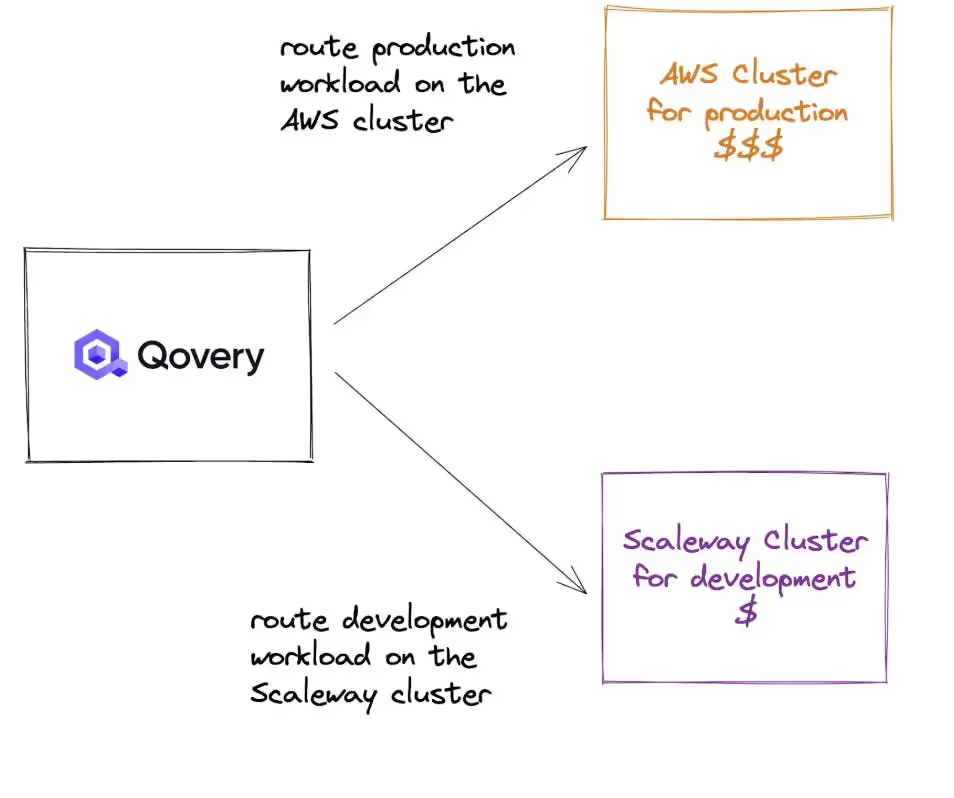
Conclusion
The strategies outlined in this guide provide a comprehensive framework for achieving long-term cost reductions that can limit your infrastructure cost burden.
For mid-size organizations, it is key to embrace systematic cost optimization within their engineering culture, involving all engineers at their level to make the right decisions for each development.
Engineering organizations mastering cloud cost optimization have a competitive advantage in their ability to invest more resources in product development and market expansion.
Ready to transform your cloud spending? See how Qovery can help your teams achieve cost reductions with clarity and control.
Ready to cut your infra costs?

Suggested articles
.webp)



.svg)
.svg)
.svg)
